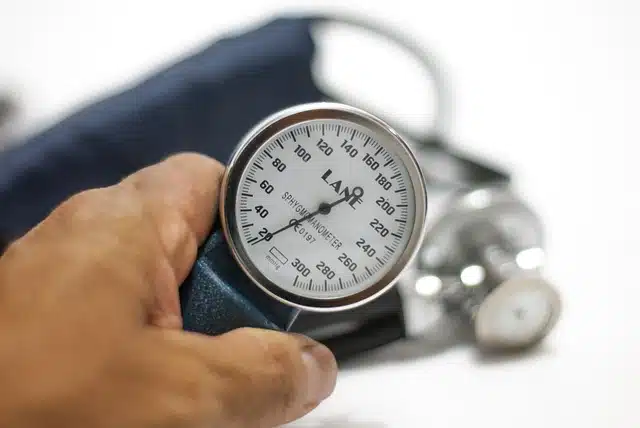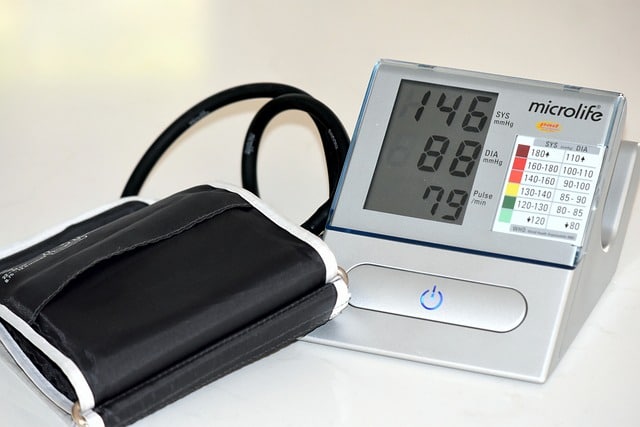
The blood pressure monitor is a device that allows you to measure blood pressure.
Tensiometer is the name of the device used to measure blood pressure . It should be remembered that the idea of tension refers to the situation of a body that is under the influence of opposing forces.
Blood pressure monitors are devices that are often used in medicine and physics . In each case, the blood pressure monitor has different characteristics since it measures different types of tension.
Use of the blood pressure monitor in medicine
In the field of medicine, the blood pressure monitor is used to control blood pressure . It is important to clarify that blood pressure refers to the reaction of the arteries to blood pressure (exerted by blood on the walls of the vessels as it circulates). That is why blood pressure and blood pressure are often used as synonyms.
The blood pressure monitor, which can also be called a sphygmomanometer , is made up of a cuff that adjusts to the individual, a pressure gauge that measures blood pressure, and a stethoscope that helps listen to the interval between systole and diastole. Blood pressure is indicated in a physical unit of pressure (usually millimeters of mercury).
By monitoring blood pressure with a blood pressure monitor, a person can know if they suffer from hypotension (low blood pressure) or hypertension (high blood pressure). These disorders may require medication or changes in diet so that the subject regulates their blood pressure and does not suffer various health problems.

There are various types of blood pressure monitors that are used to measure blood pressure.
Different types
Since anyone can purchase a blood pressure monitor for home use , it is important to take into account certain fundamental points to avoid a bad purchase. Let's not forget that having this product at all times can be of great help for those people who need to control their blood pressure very frequently, and that is why the quality and characteristics of the blood pressure monitor must be the most appropriate.
Although there are several types of blood pressure monitor, what most users recommend is to buy a digital and automatic one, if the intention is to use it at home, since it considerably facilitates its use and manipulation, without leaving aside the fact that takes up less space. Thanks to the presence of a screen with the values in large fonts, it is so easy to read that anyone can take the blood pressure regardless of their previous experience or the acuity of their vision.
The digital and automatic blood pressure monitor is without a doubt the ideal item for most people; Just put on the bracelet and press a button and, after a few seconds, the results will be shown on the screen. This classification includes arm, wrist and finger blood pressure monitors , with the former being the ones that offer the greatest precision .
Arm and wrist blood pressure monitor
Of course, not all people can use an arm blood pressure monitor , and that is why the aforementioned alternatives are manufactured; In this case, it is recommended to buy a wrist one, as it offers more accurate readings than finger ones.
It is important to clarify that there are different bracelet sizes , which is why we must choose the one appropriate to the dimensions of our arm to avoid errors in the readings. Measurements are expressed in centimeters and cover a certain range (such as "32 to 45 cm"); We simply have to measure the perimeter of our forearm before proceeding with the purchase.
In addition to the type and size of the blood pressure monitor, it is essential that it be supported by a standardized clinical protocol. To check that the product has been validated, we must look for the relevant seal on its box, or make a query on the British Hypertension Society website.
The concept in physics
Tensiometer is also a concept that appears in the field of physics.
In this case, the device makes it possible to measure the surface tension of a fluid or the tension to which a chain or other element is subjected.
